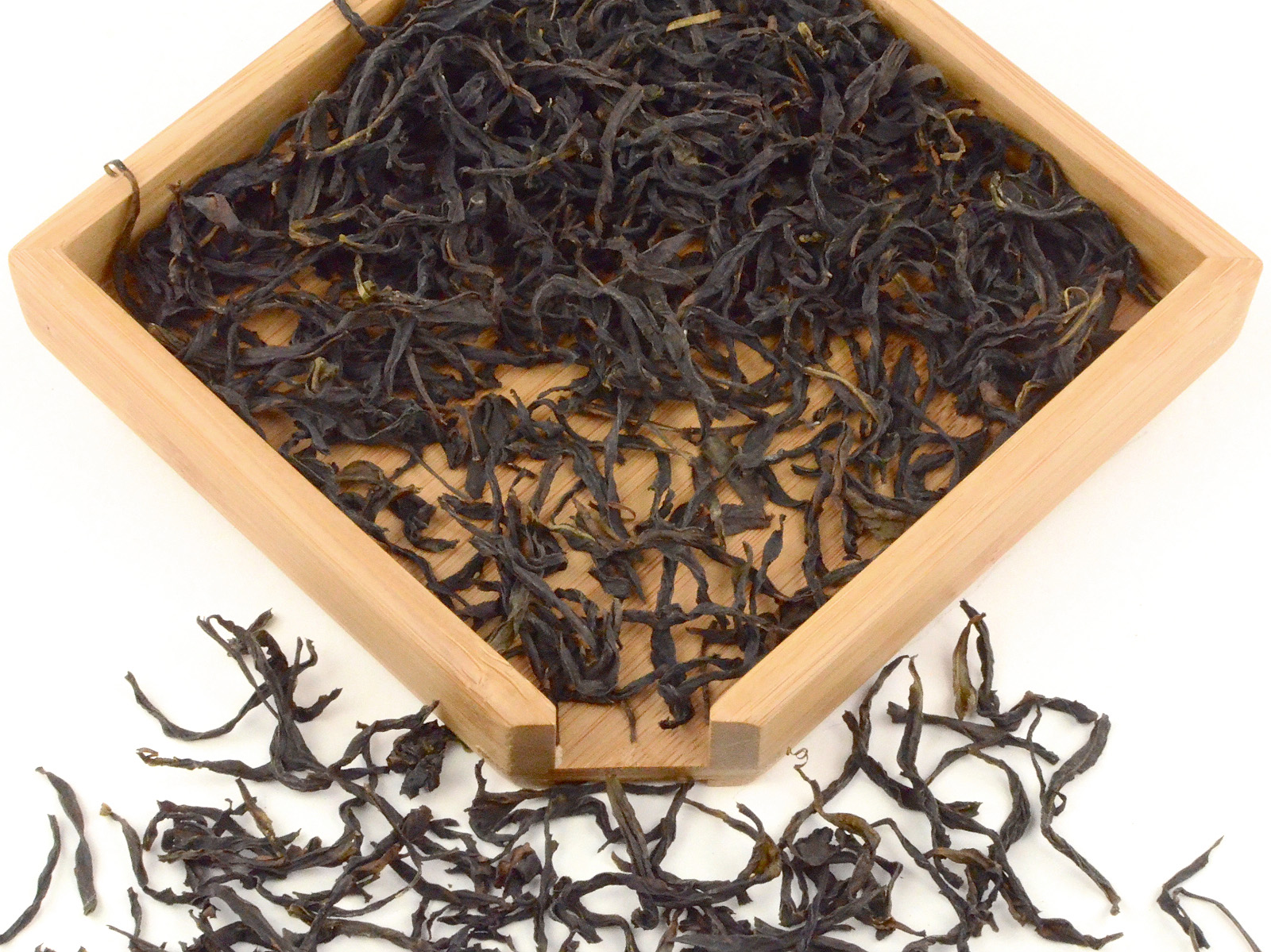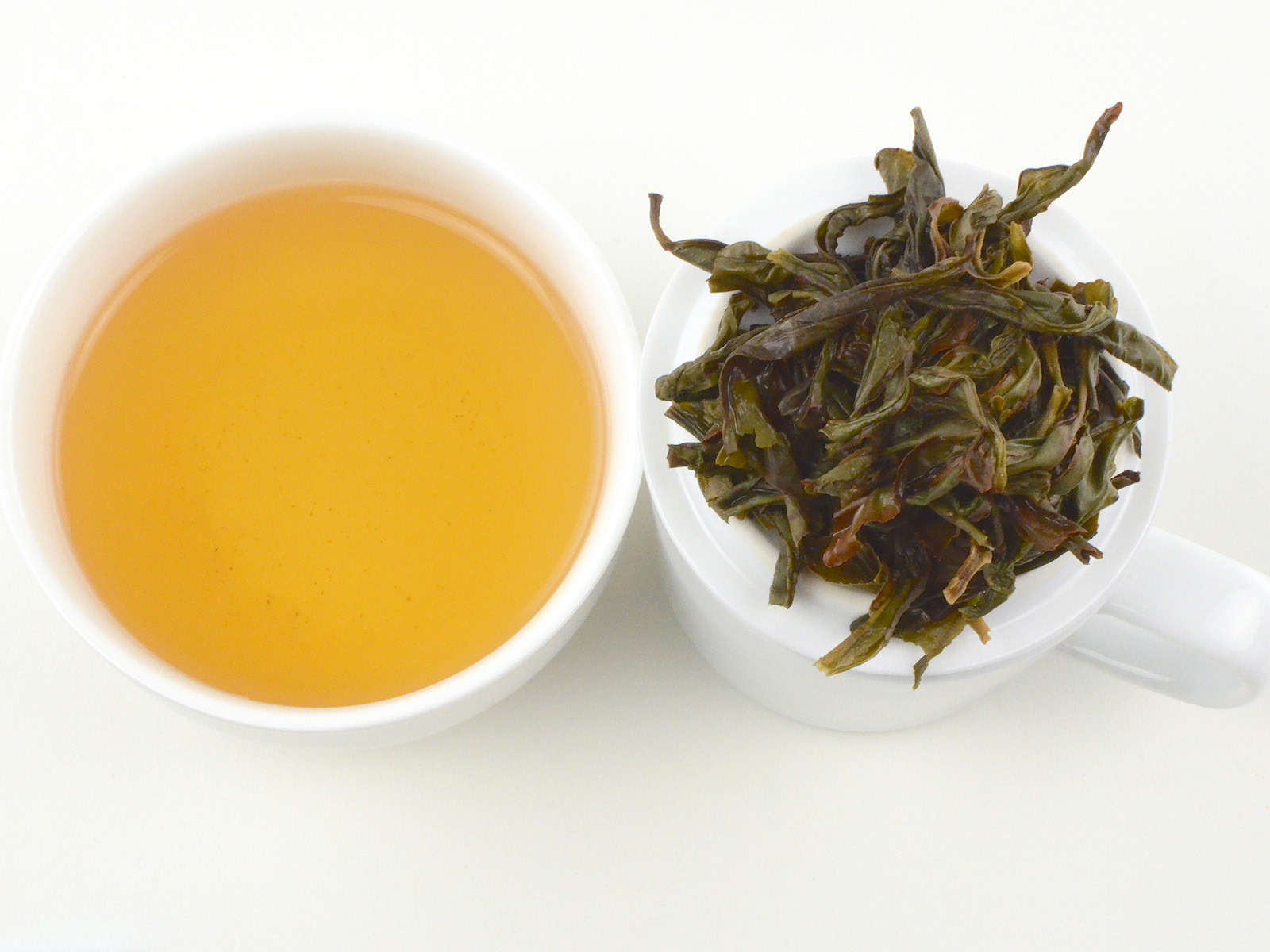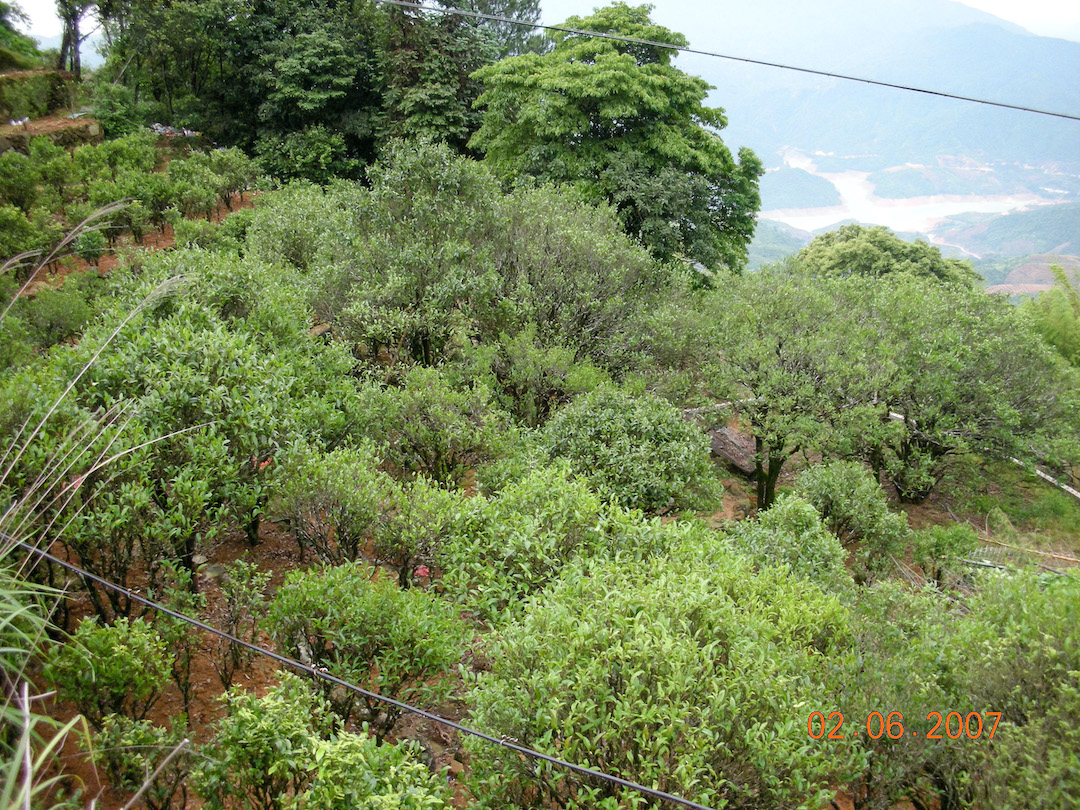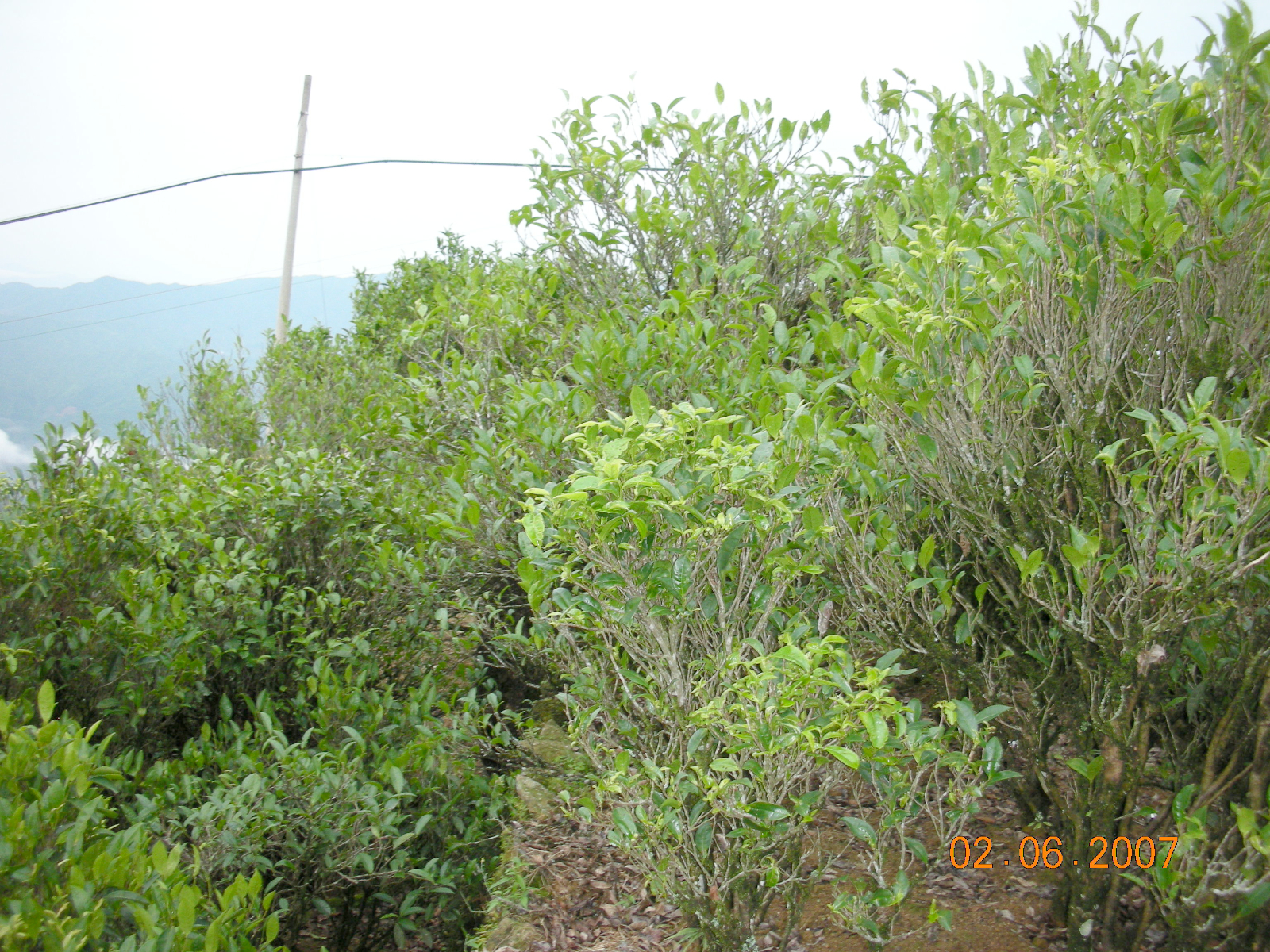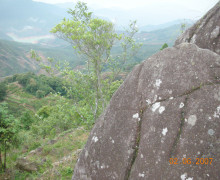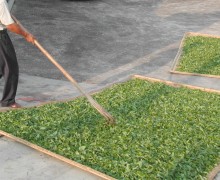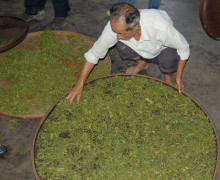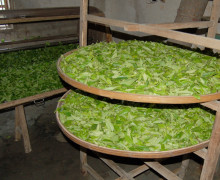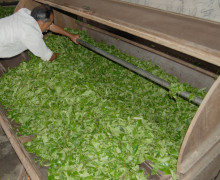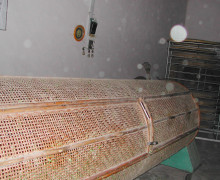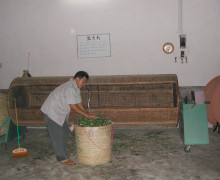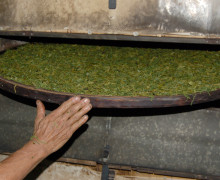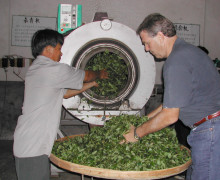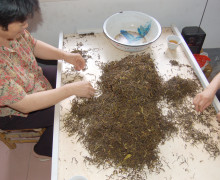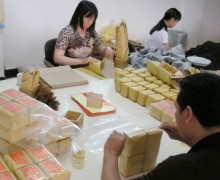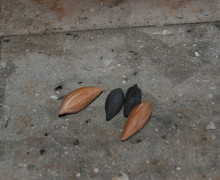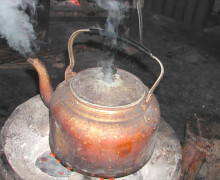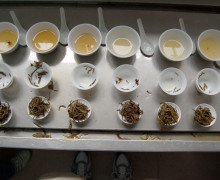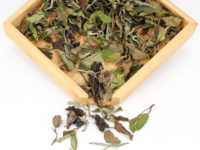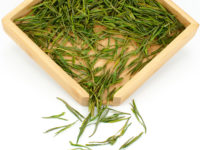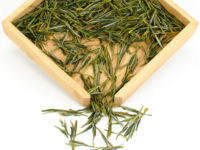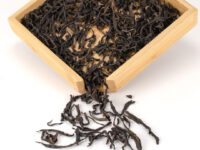Yu Lan Xiang (Magnolia)
Dan Cong Wulong Tea 2025
A rare example of traditional Dan Cong wulong made from old Phoenix Mountain tea trees with an intense floral fragrance like magnolia that endures through numerous pale amber infusions. Produces a complex and full-bodied smooth flavor that fills the entire mouth, without the astringency typical of young Dan Cong wulong. Finished with a traditional roast over lychee wood charcoal.
2025’s Magnolia Dan Cong is true to type with rich yet delicate flavor that is smooth and creamy.
- Tea Origin
- Wu Dong Mountain, Phoenix Mountain, Chaozhou City, Guangdong Province, China
- Tea Bush
- Yu Lan Xiang (Magnolia)
- Tea Maker
- Chen Weiqiao
- Harvest Time
- Mid-April
- Plucking Standard
- Zhong kai mian
The name Magnolia comes from the powerful floral aroma of the variety of tea bush used to make this tea. Coaxing this natural fragrance out of the leaves is largely a result of the skill of the tea maker who withers, oxidizes, and roasts the leaves.
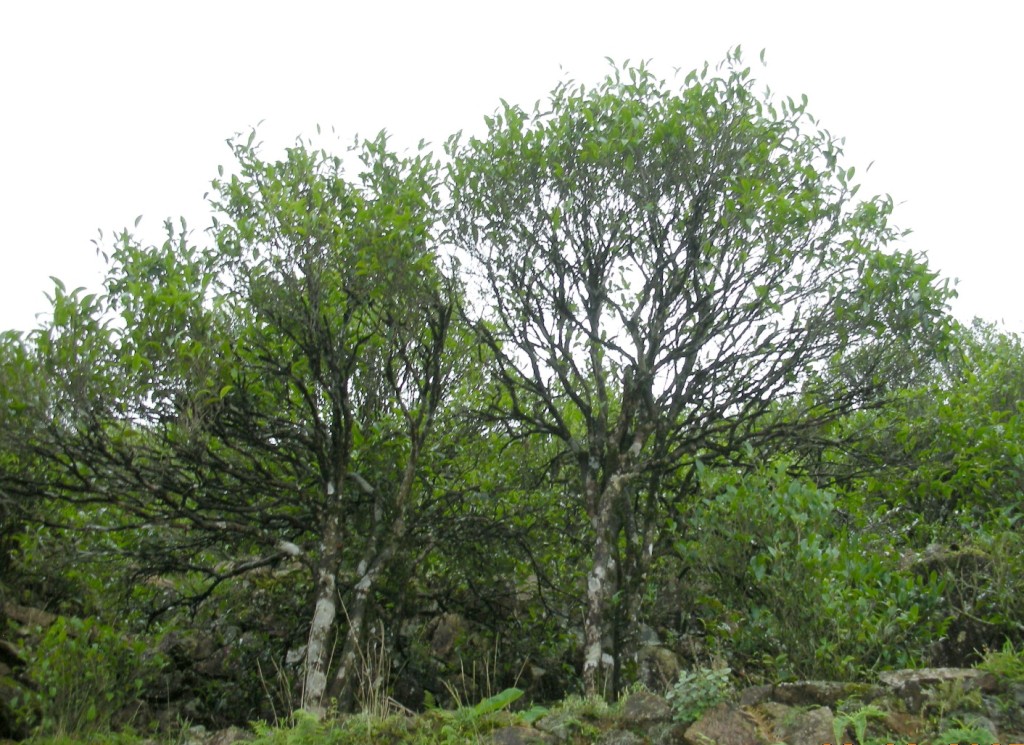
Since this particular Dan Cong tea is harvested from mature tea bushes rather than young plants, the bitter heaviness often associated with Dan Cong wulong is absent. Its flavor is much more mild, but still very rich and complex. The rich aroma that Dan Cong is famed for coats your mouth at the first sip and persists through the last infusion with that intense natural magnolia character. This is a high quality Dan Cong, perfect for those who want to try tea made from older tea bushes.
What is Dan Cong Wulong Tea?
Dan Cong literally translates to “single bush.” In the modern tea market, that term variously refers to tea from a single individual plant, a single cultivar, or generally the wulong tea of the Phoenix Mountain region. It’s often the case that Dan Cong wulongs are named after the distinct fragrances of the particular tea bushes they are made from (e.g., Honey Orchid, Magnolia, and Yellow Sprig). Dan Cong processing aims to emphasize the bright, delicate, and changing aromas of the tea leaves; therefore the charcoal roast is generally not carried to the same extent as for Wuyi Rock Wulong.
For teas like these, in particular, great care is taken to preserve the purity of the aroma. Smokeless embers of locally produced lychee and longan charcoal are traditionally considered to be the best for roasting Dan Cong, adding no resinous smoke or sooty off-flavors to cloud the tea’s qualities, be they shocking or subtle. Coaxing this natural fragrance out of the leaves is largely due to the skill of the tea maker who withers, oxidizes, and roasts the tea.
Harvesting and Processing Dan Cong Tea
The processing of Dan Cong wulong begins with the harvest in mid-April, the spring season for wulong tea in Wu Dong Mountain.
The top 3-4 fresh leaves are picked from the trees around noon, following the “zhong kai mian” plucking standard, and are carried back to the factory for processing before 5 PM.
Fresh leaves wither outside in the sun for an hour or two, depending on how cold the weather is. Then they are moved inside to further wither and begin oxidizing. The leaves are evenly spread into piles about an inch thick on large round bamboo trays. The trays are stacked on wooden shelves, where they will stay for about eight hours. During this time, the tea maker checks the leaves very often to monitor the progress of their oxidation. Every half hour or so they will shake the bamboo trays, tossing and twisting the tea leaves. This breaks some of the cells on the edges and surfaces of the leaves, gently and naturally oxidizing the tea. A skilled tea maker must carefully control the speed of leaves’ oxidation during a tea’s processing to help develop and highlight the unique qualities of its natural aroma.
When the tea maker judges that the leaves have progressed far enough, the oxidation process is halted by frying the leaves in very hot rolling ovens. The leaves will quickly be fried for 7-10 minutes at about 200°C, adjusting the temperature depending on the quantity of tea leaves. After that, they will use kneading machines to twist and compress the soft, hot leaves. The pressure is controlled to give the right amount of compression to twist the leaves into their long shape.
The twisted, wet leaves will then be dried by roasting for about 45 minutes. The maocha is now completed. The leaves will still have stems and some leaves that will not fold because they are too old and stiff. These unwanted leaves and stems are sorted out by hand. After the sorting process, the Dan Cong will be roasted twice more: once using an oven and once again using smokeless charcoal. This is a special quality of this tea. Most other Dan Cong are now only roasted in an oven, and not over charcoal.
Learn more about Dan Cong wulong’s history and Chaozhou tea culture here.
No chemical fertilizer, pesticide, or herbicide was used in the production of this tea. Click here to read more about our promise to fair trade and the environment.

